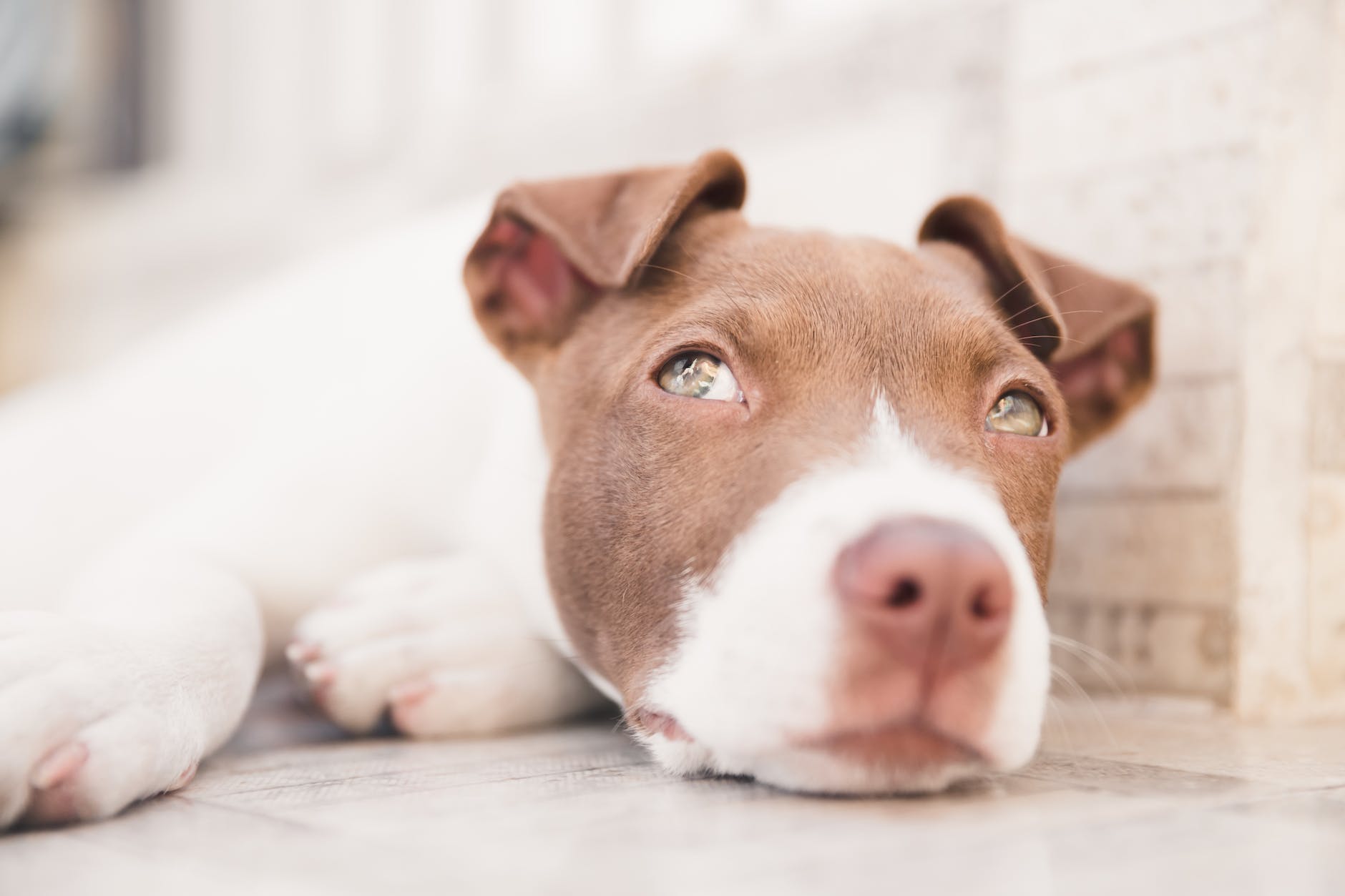
Are you considering getting a teacup Pitbull? If so, you’re probably curious about all the important information related to this breed of dog. In this article, we’ll cover everything you need to know about teacup Pitbulls, including their personality traits, size differences compared to regular Pitbulls, living conditions and costs associated with owning one, as well as how to find reputable breeders and alternative options for obtaining them. We will also discuss characteristics of responsible ownership and general health considerations that should be taken into account when caring for a teacup Pitbull.
Introduction to Teacup Pitbulls
Teacup Pitbulls are a small breed of dogs belonging to the same family as the American Pit Bull Terrier (APBT). They have become increasingly popular over the last few years due to their friendly nature and compact size. As such, they are often referred to as “pocket” or “miniature” Pitbulls. While there is no official standard size for teacup Pitbulls, most experts agree that they weigh less than 20 pounds and stand at around 12 inches in height.
Personality Traits of Teacup Pitbulls
One of the reasons why people love teacup Pitbulls is because they tend to possess many of the same personality traits as regular-sized Pitbulls. This includes loyalty, intelligence, protectiveness, gentleness, and an overall zest for life. Despite their small stature, these dogs still make excellent guard dogs due to their alertness and ability to learn commands quickly. However, they require consistent socialization training from a young age in order to help prevent any potential aggression issues.

Size Differences between Regular & Teacup Pit Bulls
As previously mentioned, the main difference between regular-sized and teacup Pitbulls lies in their size. The latter typically weighs less than 20 pounds and stands at around 12 inches in height. These measurements can vary slightly depending on the individual pup’s genetics. Additionally, teacup Pitbulls usually have a shorter snout and ears than their larger counterparts.
Living Conditions for Teacup Pit Bulls
Due to their smaller size, teacup Pitbulls do not require large living spaces like other breeds. A cozy home with a fenced yard and plenty of indoor playtime is more than enough for them to thrive. Additionally, teacup Pitbulls are generally very adaptable creatures that can live both indoors and outdoors without issue. That being said, it’s important to remember that these pups need plenty of exercise in order to stay healthy and fit.
Costs Associated with Owning a Teacup Pit Bull
The cost of owning a teacup Pitbull will depend largely on where you purchase it from. Reputable breeders often charge anywhere between $500-$3000 for purebred puppies, while adoption fees may be significantly lower. Additionally, you will need to factor in medical bills such as vaccinations, spay/neuter surgeries, flea treatments, heartworm medications, etc. Finally, don’t forget about food, toys, grooming supplies and routine veterinary check-ups – all of which add up over time.
Finding Reputable Breeders for Teacup Pit Bulls
When looking for a quality breeder for your new teacup Pitbull puppy, it’s important to do some research beforehand. Make sure that you ask questions about the breeder’s practices regarding animal welfare and ethical breeding standards. It’s also essential to see the mother and father of the litter in person before making any decisions. Doing so allows you to evaluate their temperament and confirm whether or not they have been screened for any genetic diseases or disorders.
Alternative Options for Obtaining a Teacup Pit Bull
If purchasing a teacup Pitbull isn’t within your budget, consider adopting one instead! There are numerous rescue organizations across the country dedicated to finding loving homes for homeless pets – many of which specialize in specific breeds like pit bulls. Additionally, online classified websites such as Craigslist or Kijiji sometimes offer free or low-cost adoptions for those willing to give an abandoned pet a second chance at life.
Characteristics of Responsible Ownership of Teacup Pit Bulls
No matter where you get your new furry friend from, always make sure that you act responsibly when it comes to taking care of him or her. This means providing adequate nutrition, scheduling regular vet visits and teaching basic obedience skills through positive reinforcement methods such as clicker training. Other responsibilities include neutering or spaying your pet when appropriate, staying up-to-date with flea and tick medication, establishing clear house rules and setting boundaries in terms of behavior. All these tasks go hand-in-hand with becoming a responsible owner of a teacup Pitbull.
General Health Considerations for Teacup Pit Bulls
It’s important to note that certain breeds such as teacup Pitbulls are prone to particular health problems due to their genetic makeup. Therefore, it is highly recommended that you take your pup for regular wellness exams with a veterinarian in order to detect any potential issues early on and provide prompt treatment if necessary. Furthermore, keep an eye out for signs of common ailments like hip dysplasia, allergies or skin infections and contact your vet immediately if anything appears unusual.
Conclusion
All in all, teacup Pitbulls are intelligent, loyal and affectionate companions who bring joy and happiness into the lives of their owners every day. But just like any other pet, they come with their own unique set of needs that must be met in order for them to lead happy and healthy lives. So if you think you’re ready to commit to the responsibility of owning a teacup Pitbull then don’t hesitate – start researching reputable breeders today!



